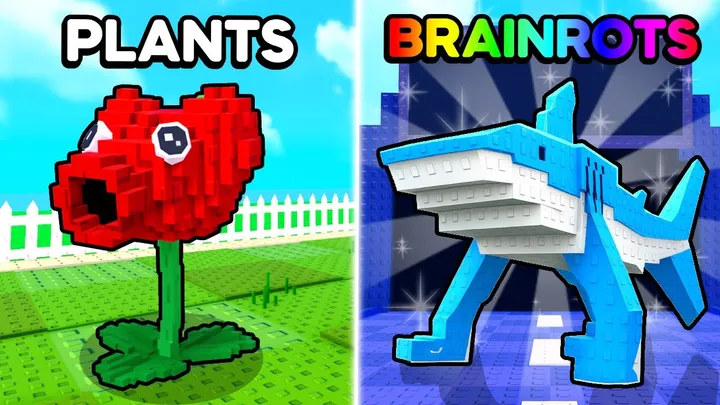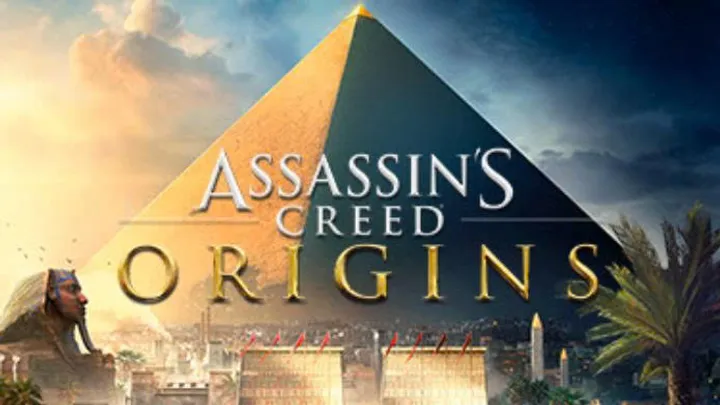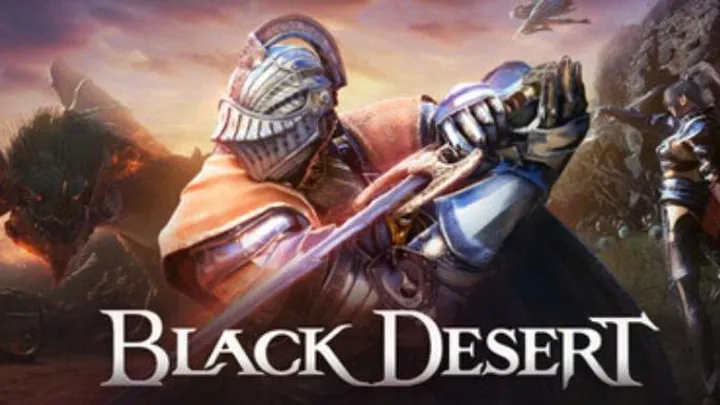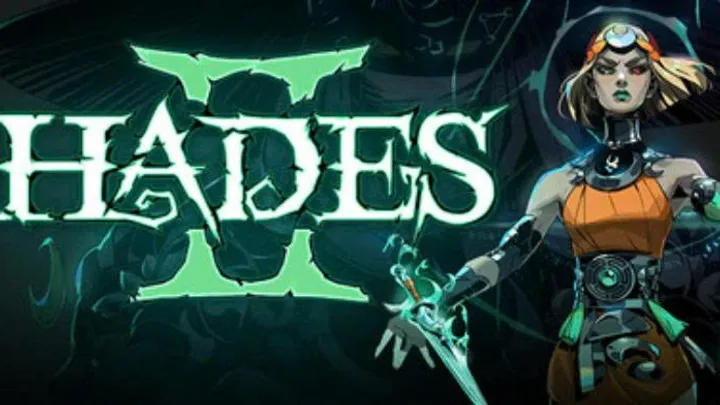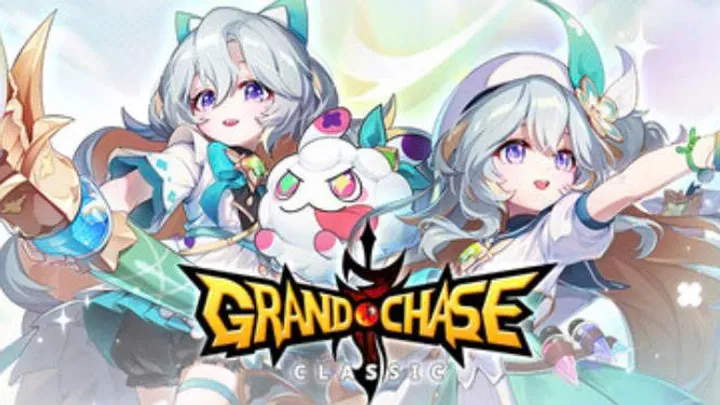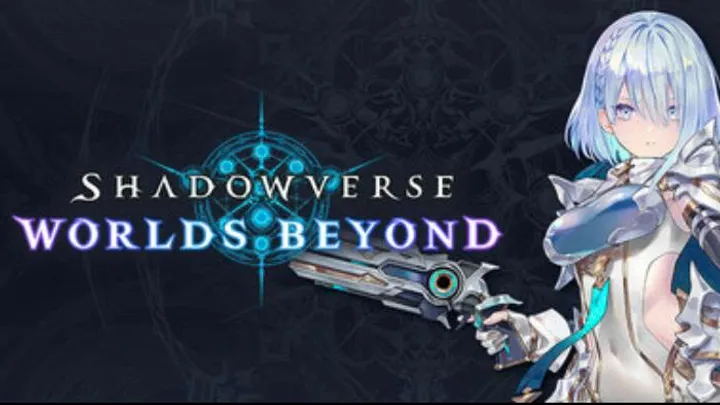Shadowverse: Worlds Beyond is the latest major installment in the Shadowverse franchise. It arrives with high expectations, riding on the reputation of the original game as one of the most generous digital card games for free-to-play players. The first Shadowverse gave players many ways to collect cards, earn rewards, and experiment with decks without feeling forced to spend.
But Worlds Beyond shifts dramatically. From the moment players began exploring the game, it became clear that the new economy and monetization model would be one of the most divisive aspects. Many argue that what once made Shadowverse feel fair and rewarding has been replaced with restrictions, higher costs, and fewer opportunities for progress without paying. This article explores the details of this change, why it matters, and what it means for the future of the franchise.
Shadowverse’s Legacy: A Generous Foundation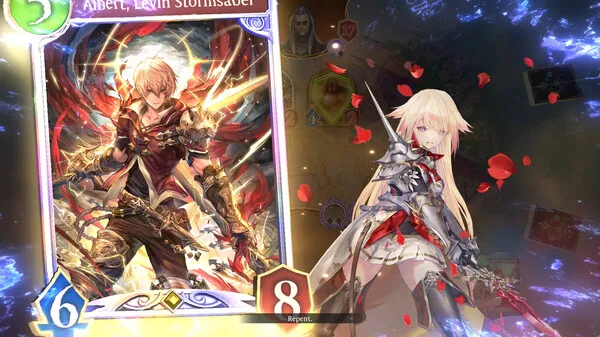
The original Shadowverse built loyalty by being relatively forgiving compared to other digital card games. Players could liquefy unwanted cards to create vials, then use vials to craft the exact cards they wanted. Daily missions, events, and free packs gave consistent opportunities to grow a collection.
This meant free-to-play players could stay competitive with time and patience, while paying players could speed things up. Importantly, both groups felt included. Cosmetic purchases such as leader skins were optional and often affordable. The result was a game that felt rewarding whether or not you spent money.
What Changed in Worlds Beyond
Worlds Beyond introduces new systems that alter the balance between grind and monetization:
- Liquefaction restrictions: You can only liquefy a card once you own more than a complete playset. That means no breaking down extra copies early to build toward other cards.
- Reduced vial returns: Cards you liquefy provide fewer vials than before, especially gold and silver rarities. Progress toward crafting is slower.
- Pack pricing: Packs cost more in both in-game and real currency. At the same time, free rewards from missions and events are scaled back.
- Cosmetic assets: Leader skins and other cosmetics from the original game generally do not carry over. Some must be purchased again, or are sold separately at higher prices.
Together, these changes shift the economy from one of generosity to one that feels restrictive and expensive.
Why Players Are Upset
Slower Progression
In the original game, it was possible to experiment with multiple classes or archetypes over time. Now, the reduced vial system and pack pricing make experimentation harder. Players feel locked into a small number of decks unless they pay.
Cost of Mistakes
Building a deck that doesn’t perform well is more punishing than before. Since cards cannot be liquefied until after owning full playsets, players are stuck with duplicates they don’t need. Deckbuilding is less forgiving and experimentation feels risky.
Perceived Pay-to-Win
Although the game is still technically playable without spending, the gulf between paying and free players feels wider. Those willing to spend gain access to stronger decks faster, while free players fall behind in competitive modes.
Loss of Trust
Longtime fans see this as a betrayal of what made Shadowverse unique. The old balance of time versus money has been tilted too far toward monetization. The sense of fairness and respect for the player’s time has weakened.
Comparing Old and New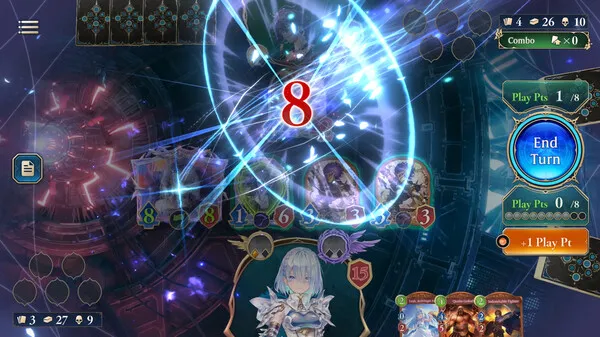
To highlight the shift:
- Liquefy Rules: In the past, any extra cards could be broken down for vials. Now only the fourth copy and beyond can be liquefied.
- Crafting Pace: Vial yields were once sufficient to slowly but steadily build a deck. Now they are low enough that crafting feels sluggish.
- Pack Affordability: Free packs were frequent, and dailies gave enough rewards to afford them regularly. Now pack costs are higher, and free resources are often insufficient to buy even one pack.
- Cosmetic Loyalty: Skins and leaders once carried value across time. Now, past purchases have little weight, and cosmetics feel more expensive.
The difference is clear: what used to feel generous now feels restrictive.
The Reception at Launch
The gameplay itself is widely praised. The visuals are polished, mechanics are tight, and the fantasy-themed card battles remain satisfying. But much of the community reaction is dominated by complaints about the economy.
Players describe the game as beautiful but exploitative. Some call it “pay-to-stay-relevant,” while others feel discouraged from playing competitively without spending. Negative reviews have been overwhelmingly focused on the monetization model, overshadowing the strong gameplay foundation.
Gameplay Side Effects of the Economy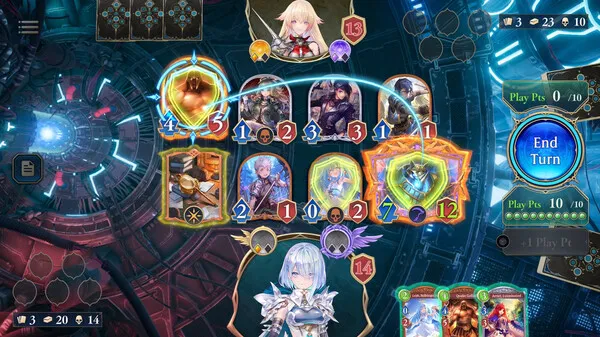
Economic design influences the way the game is played:
- Reduced Deck Diversity: When building decks is expensive, many players stick to the cheapest viable archetypes. This leads to repetition in ranked play.
- Less Experimentation: The cost of crafting discourages players from trying new strategies. The meta becomes stale more quickly.
- Frustration in Ranked: Losses feel worse when they are tied to lack of resources rather than strategy. Facing an opponent with a more complete collection can feel unfair.
Thus, the economic system is not just about money—it directly affects player enjoyment and variety in gameplay.
Voices from the Community
Common sentiments among players include:
- “Progress feels five times slower than in the old Shadowverse.”
- “Deck diversity is gone because only certain classes are affordable to play.”
- “I can’t even liquefy cards I don’t want until I already own too many of them.”
- “Why do I have to buy cosmetics again when I already paid for them in the old game?”
The consistency of these complaints shows how widespread the frustration is.
Why the Changes Might Exist
From a business perspective, there are possible reasons for the shift:
- Revenue needs: Free-to-play games often rely on a small percentage of heavy spenders to fund development. Raising costs could be an attempt to maximize revenue.
- Prevention of mistakes: Limiting liquefaction might be framed as protecting players from destroying useful cards, though this justification feels weak.
- Industry trends: Many new collectible card games are more aggressive in monetization than older ones, perhaps to recover higher development costs.
- Scarcity creation: Higher costs and fewer freebies create a sense of exclusivity around cosmetics and powerful decks.
These may explain the design, but they do not lessen player frustration.
What Needs to Change
For Worlds Beyond to succeed long-term, several adjustments could help:
- Increase vial yields so players can reasonably craft new cards without extreme grind.
- Allow liquefaction earlier than the fourth duplicate, giving flexibility and reducing wasted resources.
- Boost free rewards from daily missions, events, and milestones, so that even free players feel progress.
- Honor cosmetic investments by carrying over old purchases or compensating returning players.
- Balance deck costs to ensure that cheaper decks remain competitive in ranked play.
- Communicate transparently about drop rates, reward structures, and intended design goals.
Without these changes, many fear the game’s strong mechanics will be buried under resentment about monetization.
Conclusion
Shadowverse: Worlds Beyond has a polished core and inherits a strong brand. But its economy and monetization decisions have alienated many players. What once made Shadowverse unique—its generosity and fairness—has been replaced with restrictions, reduced rewards, and higher costs.
The backlash shows how important trust and transparency are in free-to-play games. If Cygames listens and adjusts, the game could reclaim its place as a standout digital card game. If not, Worlds Beyond risks being remembered as a cautionary tale: a sequel that broke trust by chasing monetization over player goodwill.
